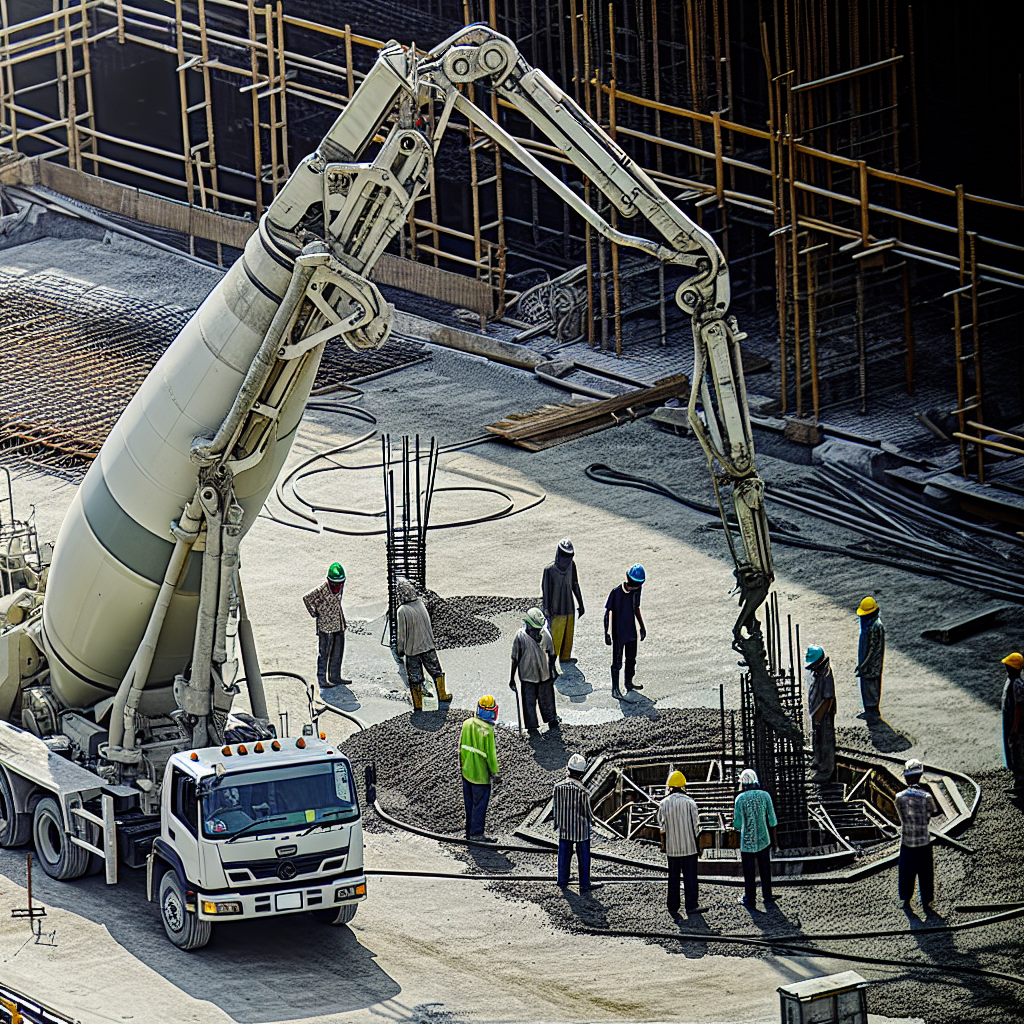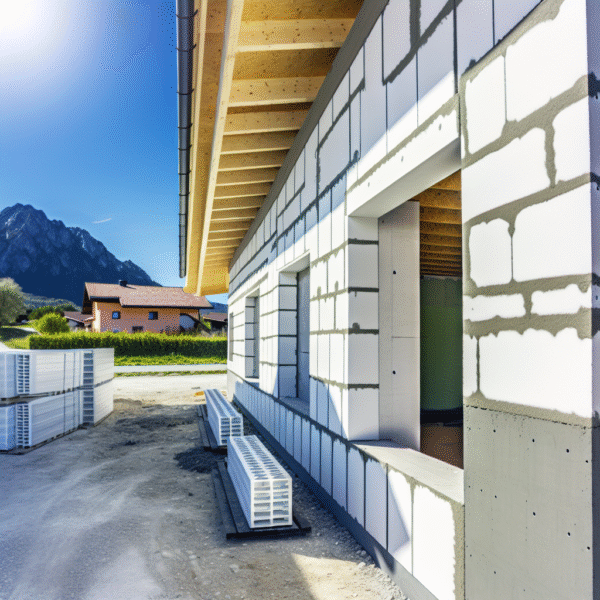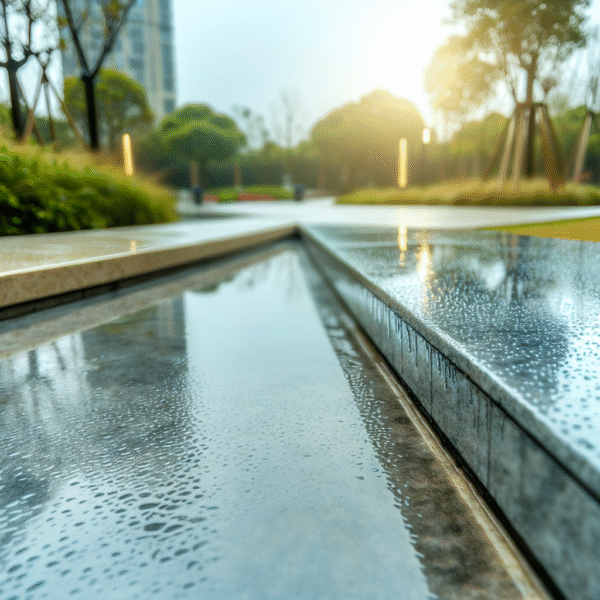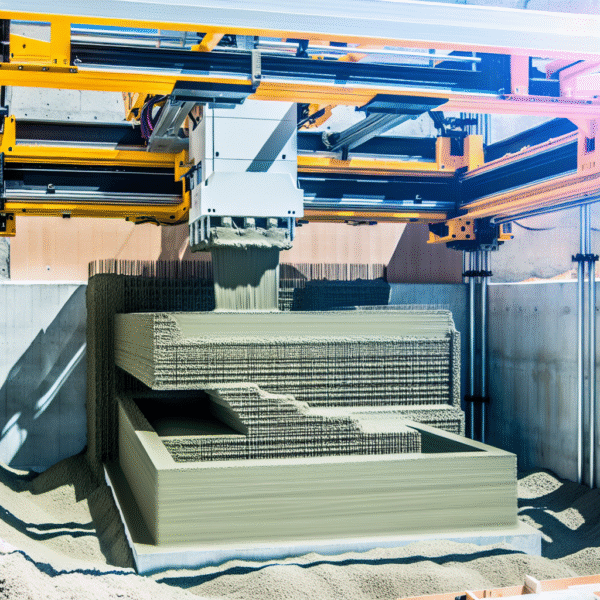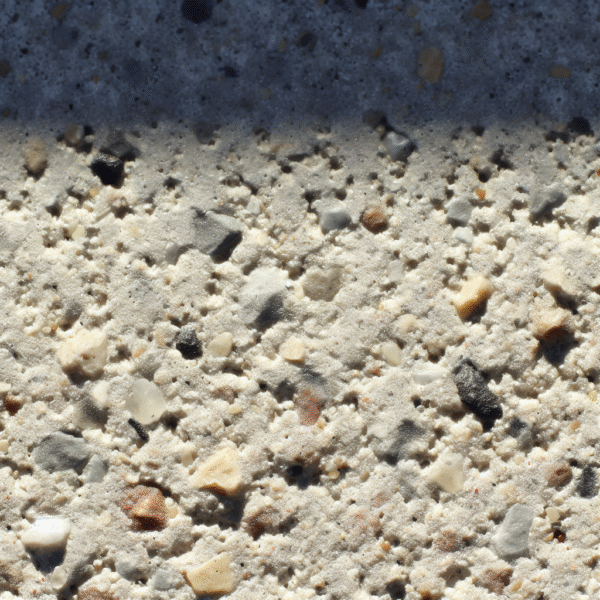Concrete Pumping and the Built World Behind Your Adventures
Concrete pumping plays a hidden yet transformative role in the places we explore. From San Diego’s Balboa Park to Chiang Mai’s sacred temples, this innovative construction technique supports the infrastructure behind unforgettable travel experiences. Walkable plazas, sky-high adventure parks, and scenic climbing walls all rely on the efficient delivery of concrete—reshaping how we move, relax, and connect during journeys.
Whether you wander revitalized cityscapes or mountain biking trails with perfectly groomed ramps, chances are concrete pumping made your adventure smoother and safer. Beyond steel and gravel, this technique brings architects’ visions to life—crafting skate parks, scenic railways, and open-air theaters with speed, sustainability, and minimal environmental disruption.
What Is Concrete Pumping and Why It Matters for Travelers
Concrete pumping is the process of transporting liquid concrete from a mixer directly to the intended location using specialized pumps. Unlike traditional wheelbarrow methods, pumps allow contractors to deliver concrete quickly across long distances, rough terrain, and even vertical spaces. The process helps bring unique architectural spaces to life—from rooftop restaurants in Paris to sky bridges in tropical rainforests.
This technology reduces construction time, minimizes tourist disruption, and enables precise delivery. For instance, multi-tiered spaces like Singapore’s Jewel Changi Airport or Mexico City’s Mercado Roma were built efficiently using concrete pumps. In earthquake-prone locations such as Santiago or Tokyo, continuous and accurate pumping enhances building safety, offering peace of mind to locals and travelers alike.
Concrete Pumping in Surprising Travel Destinations
Many iconic getaways were shaped by the silent power of concrete pumping. In Western Australia, the Gravity Discovery Centre’s Leaning Tower was built using pumped concrete in remote, saline conditions with minimal environmental disturbance. This makes it a sustainable stop for families and trekkers exploring science through architecture.
Portland’s Tilikum Crossing—America’s first major bridge designed solely for cyclists, walkers, and public transit—was fast-tracked thanks to precision concrete pours. That smart infrastructure now supports a greener travel experience. In historic Hue, Vietnam, boom pumps guided concrete underneath heritage pathways, protecting sacred banyan trees while enhancing drainage and accessibility for festivals and markets.
Family-Friendly Infrastructure Powered by Concrete
Traveling with kids? The walkable playgrounds and safe scenic paths you enjoy likely owe thanks to concrete pumping. In Denmark’s Superkilen Park, colorful ramps and playful layouts were installed rapidly via pumped concrete, minimizing downtime during construction. These spaces combine global art, family fun, and resilient foundations with ease.
In Banff National Park, concrete pumps allowed teams to build accessible boardwalks near the Upper Hot Springs within limited summers—without disturbing alpine terrain. The result? Stroller-friendly trails and safe viewpoints that respect nature’s flow. Utah’s Scenic Byway 12 also used fast-track concrete pouring to create safety barriers and scenic rest stops for road-tripping families exploring the state’s Mighty Five National Parks.
Where Culture Meets Nature Through Concrete Pumping
Nature reserves and cultural icons worldwide have been enhanced with concrete pumping. In Bogotá, Colombia, high-altitude concrete delivery helped expand Monserrate’s funicular and terrace, opening up magical city views to pilgrims and backpackers. Now, visitors enjoy cultural performances with greater comfort and safety.
In Rotorua, New Zealand, Māori sites benefited from pumped concrete ramps and spa upgrades that carefully preserved geothermal spring zones while expanding access to adventure trails and cultural shows. In Marrakesh’s artisan outer villages, line pumps built shaded corridors where tours showcase Berber craft, all while protecting artisans and maintaining traditional aesthetics.
Hidden Travel Gems Built with Pumped Concrete
You may be surprised how often concrete pumping brings magic to overlooked places. At Jiming Temple in Nanjing, inner courtyard renovations blended ancient design with modern techniques thanks to compact concrete pumps. The result: peaceful yoga mornings with panoramic views hidden behind historic walls.
In Medellín, new escalators in Comuna 13—installed with expertly controlled concrete pours—transformed steep hill access into an open-air museum of vibrant murals. Tours now bring life and color to once-inaccessible neighborhoods. Meanwhile, Peru’s Parque de las Leyendas quietly used concrete pumping to build animal-friendly enclosures and anti-slip trails, turning the family visit into a safe and immersive wildlife experience.
Traveler Tips for Exploring Concrete-Augmented Wonders
- Look for new infrastructure: Ask local tourism centers about freshly built boardwalks or terraces that may not be on maps yet. These installations often result from recent concrete pumping projects.
- Plan around construction seasons: Many concrete builds finish before peak tourist seasons. Off-season planning ensures full access to new spaces with no hard hats in sight.
- Rely on smooth transitions: Families with strollers or mobility devices benefit from modern concrete paths, which often offer more seamless walking experiences with fewer trip hazards.
- Get hands-on: Eco-tour groups sometimes partner with local cement crews, organizing volunteer days where travelers help install paths or rain gardens—using concrete under safe supervision.
- Seek hybrid spaces: Parks like Cape Town’s Battery Park or Sydney’s Darling Square combine concrete-dependent infrastructure with art, recreation, and culture, offering multi-layered exploration zones.
The Built Magic Beneath Every Journey
Concrete pumping might not make the itinerary headlines, but it lays the groundwork for many unforgettable experiences. From elevated pathways and safe biking ramps to hidden temples reborn through efficient concrete pours, this technology touches almost every corner of our globe—often imperceptibly, yet always powerfully.
As you travel—whether with a curious toddler, a camera, or a hiking backpack—take a moment to appreciate how these spaces were built. Understanding the infrastructure makes the journey even more meaningful—and makes every path, bridge, and plaza feel like part of a global story in which you’re now a participant.
